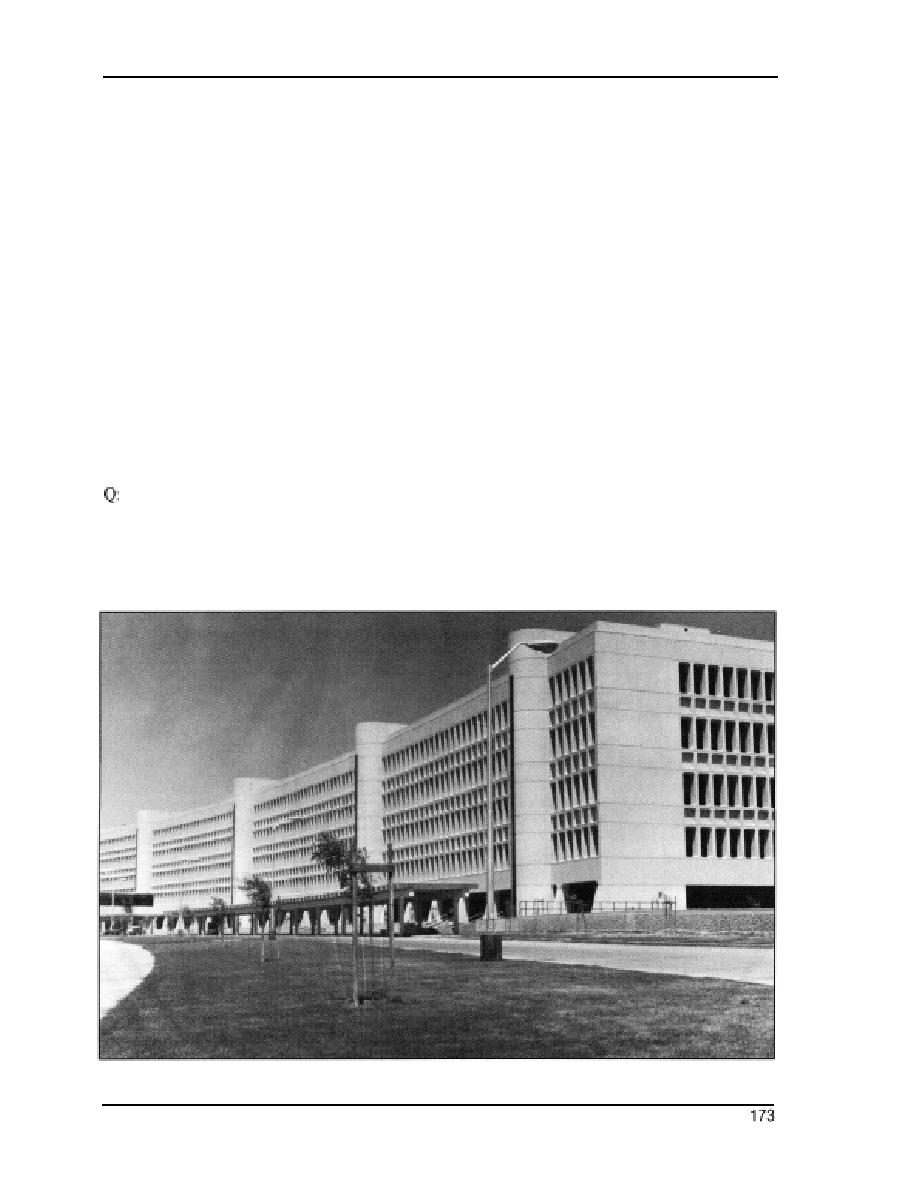
John W. Morris
all in Riyadh. I guess the first project we did there was the communication setup for Voice of
America, but I was not involved.
Then there was quite a bit of work in the west, Khamis Mushayt, Tabuk, and Jidda. Jidda
District was formed, leaving the eastern area to Riyadh District. Later we set up the Al Batin
District in King Khalid Military City. The latter alone was a multi-billion dollar, 70,000-
person city, built in the middle of the desert. We did work for the Navy at Jubail and actually
built a port nearby at Ras al Mashad to service the work at Al Batin So it was a magnificent
program, and the Corps carried the American engineering and construction industry with it
to Saudi Arabia.
Also, in the early stages American manufacturers were blessed because the work required
furniture, fixtures, and facilities that were ordered by Winchester from U.S. suppliers.
Now, as with any program of that size, there were difficulties. The difficulties, in hindsight,
were primarily with executing the construction, not the program. The only programmatic
adjustment we ran into was with the National Guard. Prince Abdullah, who's now the crown
prince, was then the head of the National Guard Bureau. While we did a lot of good work for
him, the National Guard began to manage its own contracting and did not use the Corps after
the first couple of years. I am not aware of any dissatisfaction other than they thought we were
expensive.
The internal politics of the Saudi government, royal family, is a pretty complex environment
in which to work, isn't it?
A:
Yes. Yes. The Ministry of Defense and Aviation was under Prince Sultan, still is, and he
stayed up-to-date on the program. His staff included Prince Nasir Faisal, whom I mentioned,
and other people in his ministry. This group and the Corps established clear procedures, so
National Guard Headquarters Building in Saudi Arabia, part of the massive Corps of Engineers'
managed construction program for the Saudi Arabian armed forces.



 Previous Page
Previous Page
